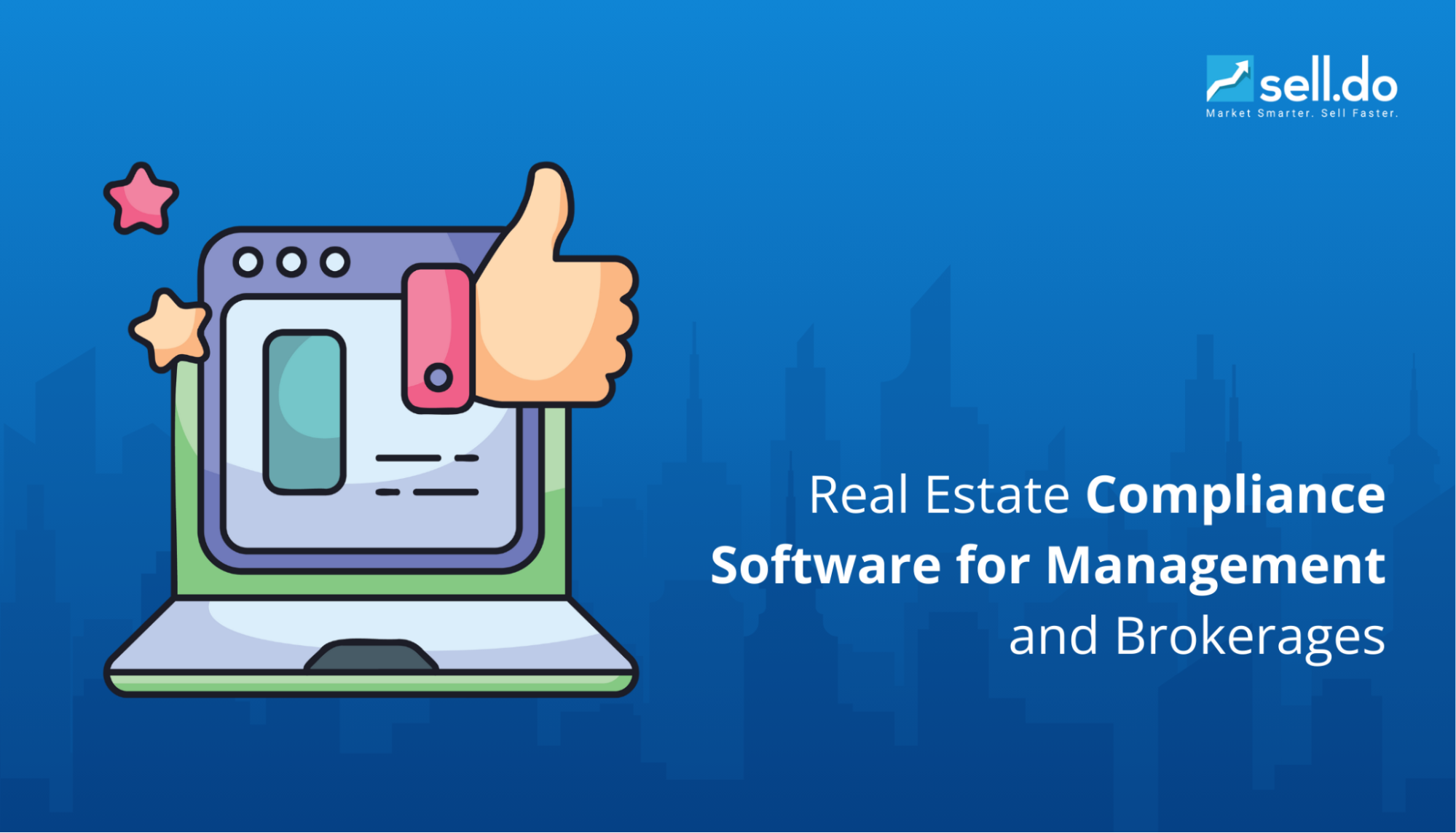Today, we can see green shoots emerging as India's economy begins its journey back to an economic reset. It will be a long haul for sure as most economists suggest. Many experts agree that the real estate sector, accounting for around 6 percent of the economy and the second-largest workforce employer in the country, has the potential to lead the way to recovery.
The key reason being its capacity to impact local economies. The impact is notably strong in regions where newly constructed homes are being developed. This serves as an income source for a labour force of 30 million construction workers. Also, the industry is linked to more than 250 dependent sectors like cement, steel, electric, paint, plumbing, gardening, elevators, and security.
For the end-consumers, the focus has shifted from previously held priorities to safety, design, and size. While property demand in all real estate segments may not attain pre-pandemic numbers for the next year or so, the industry can progress with a renewed focus on safety, design, and size, to counter the impact of the pandemic better.
Real Estate organizations can do so by recalibrating operating models for:
-
Sales and Marketing - Offers and promotions, contactless sales and marketing, online payments and more
- Finance - Cost optimization and liquidity improvement
- Construction - Space design, layout efficiency maximization and technology integration like gate-pass and security
The State of the Real Estate Sector
As we enter Q3 of 2020-21 and are getting used to a life of safety and remote working, let’s take a look at the latest statistics and perspectives from the real estate sector to help us glean a clear picture of where the industry is at and where it might be headed.
Residential Real Estate
- As an instantaneous reaction to the crisis and the subsequent lockdowns, the demand for properties in the top 8 cities observed a decline of 2 to 9 percent in April 2020. However, the sector has recovered by 30 percent since.
- The overall price decline of residential properties across TIER I cities in the April-June quarter remained range-bound, that is, with just a 1 to 5 percent decrease.
- Not all cities witnessed negative growth despite the pandemic. Top cities that saw a positive growth trend include Hyderabad, Chennai, Gurugram, Thane, Navi Mumbai, Kolkata, Navi Mumbai, and Noida.
- According to a recent report, 73 percent of respondents surveyed comprise first-time homebuyers looking to buy 'ready-to-move' properties for their use and are in the age group of 25-45 years.
NRI Investments
- The demand from NRI homebuyers is leaning more towards its use at around 65 percent, with the remainder 35 percent leaning towards investment purposes.
- Dismal returns from other investment instruments such as gold and Fixed Deposits (FD) have also left NRIs with very few sustainable investment options.
- As per a recent report, a total of US$13.1 billion of NRI capital is expected to enter the Indian housing industry in FY 21, growing by 5 percent on a year-on-year basis.
Commercial/Industrial Real Estate
- Commercial and industrial real estate space will experience staggered growth, expected to be realised between 18 to 24 months, from now, as demand for office and commercial spaces become more of a priority than it is today.
- A recent study suggests that around 60 percent of the respondents have deferred business expansion plans for 6-12 months.
- Despite negative projections, a general sentiment among market stalwarts is that once markets start to open up, REITs and large commercial spaces will continue to be in demand due to an otherwise volatile stock market.
- Moreover, structural transformations implemented by industry institutions and by the Government of India will bring forth latent opportunities within previously untapped real estate segments like data centers, integrated supply chains, warehousing, self-sustaining industrial parks, and design efficiency processes.
What’s Changed? A Look at the Residential Segment
While the commercial and industrial segments have some time to experience a recovery, the residential segment needs more focus as its impact on the economy is much more elaborate. Among key reasons why industry stalwarts and experts believe in the real estate industry’s power to drive an economic rebound are reforms that have strengthened industry foundations to build trust between developers and homebuyers.
Changing Homebuyer Behaviour
Today, homebuyers are more cost-conscious and vigilant about investments. They expect more return on investments than before and they possess the time to explore relevant information before decision-making.
Today, managing and communicating sales and marketing using Proptech (property technology) are necessary for any real estate business. It helps engage homebuyers in a contactless ecosystem guided by changing consumer behaviour.
To this end, developers must adopt Proptech in their sales and marketing processes to stay agile enough to track and identify new homebuyer demands and behaviour. A comprehensive Proptech platform can inculcate flexibility into existing processes.
Towards a Trust-driven EcosystemTransparency:
Transparency: While reforms like GST implementation, Benami Transaction Prohibition (Amendment) Act – 2016, and the Insolvency and Bankruptcy Code, have paved the path for a transparent ecosystem, the biggest contributor to trust-building between developers and homebuyers has been the RERA Act.
The Real Estate Regulation and Development Act of 2016 (RERA) has brought in efficiency and transparency into the system, which has pushed out less-legitimate players from the market. The enactment of RERA can be easily termed as the most revolutionary measure to streamline the real estate sector.
e-Documentation: Nearly 75 percent of Indian households’ wealth is invested in the real estate sector. To make accessing property records easy, all States and Union Territories are moving the entire property buying process to the digital medium.
Digitization of property documentation facilitates easy access to payments and documents, and storage and reduces disputes by enhancing transparency. Subsequently, the move can improve the sector’s functioning and boost foreign investment by considerable margins.
Measures by the Government of India (GOI)
- The GOI has urged the State governments to utilise the Rs 31,000 crore fund for the welfare of construction workers, so as to minimise the adverse impact of the nation-wide lockdown on the same.
- Adding to the INR 20 crore stimulus to the economy, the GOI is ready to release another relief package to the tune of Rs 1.71 lakh crore which will focus on migrant labourers (including construction) and small-scale farmers.
- The GOI has increased the threshold for initiating default proceedings from Rs 1 lakh to Rs 1 crore under the Insolvency and Bankruptcy Code (IBC) 2016.
- An already low repo rate is expected to be lowered even further by the RBI (Reserve Bank of India), which will translate into cheaper credit for loan seekers and also help potential NRI homebuyers to raise funds.
- The Maharashtra Government has reduced Stamp Duty charges by 3% from 1st September to 31st December 2020, and by 2% from January 2021 to March 2021.
The Bottom Line
As we enter Q3 2020-21, the Real Estate sector could lead the way to India’s revival story. While the pandemic has affected our economy worse than any downturn in recent memory, the real estate sector finds itself on firmer ground than before. Indian real estate and its 250 allied sectors can find hope in the fact that proper measures and a second stimulus, focused on migrant workers and small-scale farmers, can help the economy produce more green shoots.
However, this period also calls for some significant changes in business models and processes to stay relevant to evolving property buyer needs.
Technology can greatly help real estate developers maintain business continuity by helping them bridge all gaps successfully. By helping them adopt innovative strategies into their processes, Sell.Do real estate CRM helps keep revenue engines running, even during tough market conditions.







Leave a comment
Comments (1)
Hey, I was reading this article about the state of the real estate sector that what works best these days. Its a great article. I've made some notes and bookmarked it. it might come in handy someday...
Leave a Reply